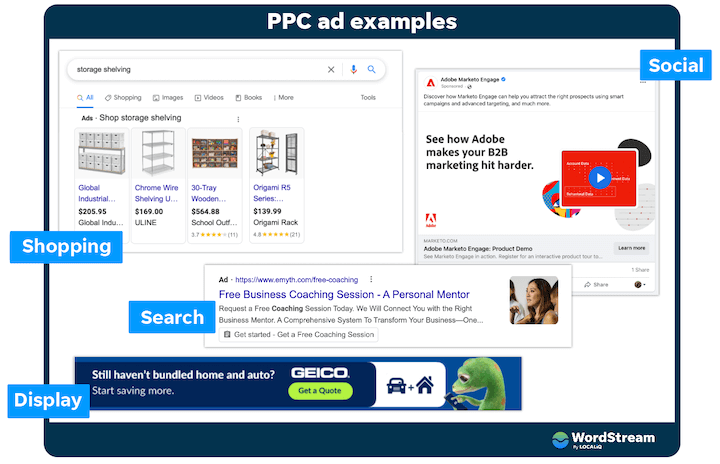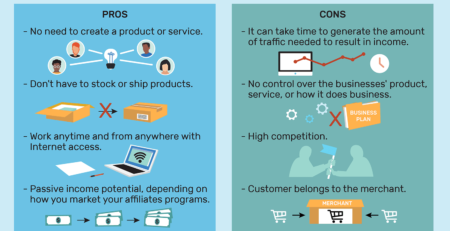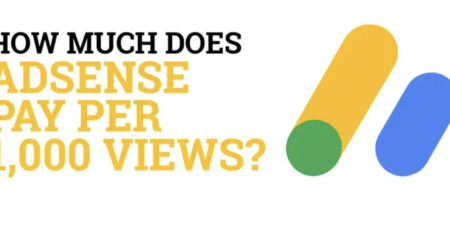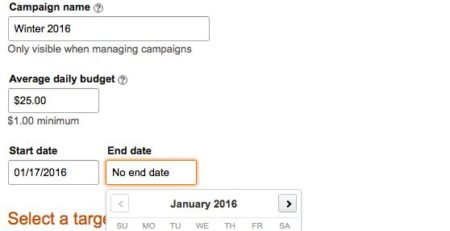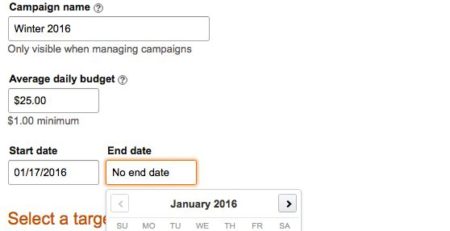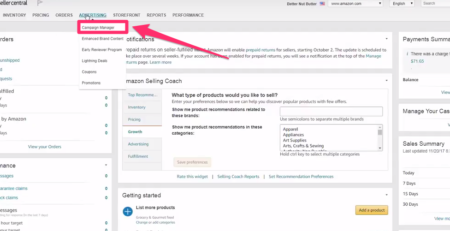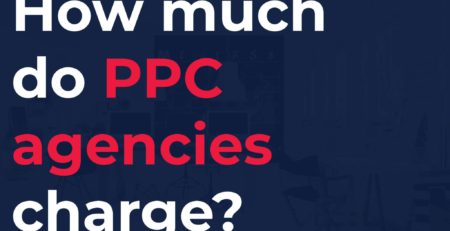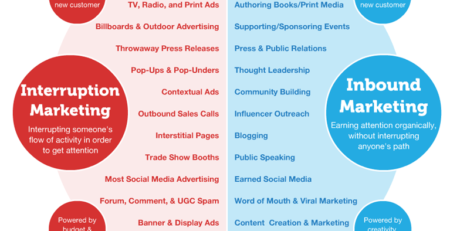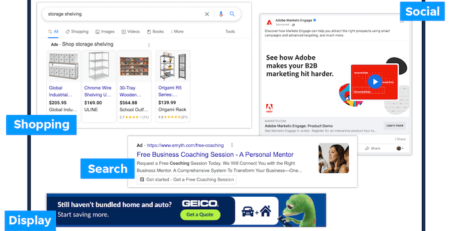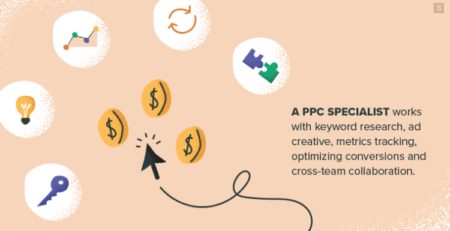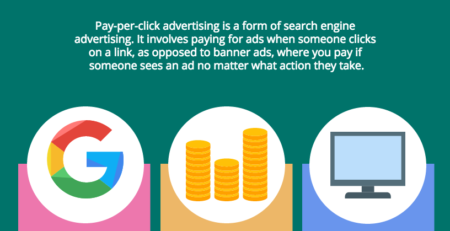How To Use Pay Per Click?
If you’ve ever wondered about the power of advertising online, you’ve come to the right place. Today, we’re going to dive into the world of Pay Per Click (PPC) and explore how you can use it to your advantage. Whether you’re a business owner, a marketer, or just curious about digital advertising, this guide will help you navigate the ins and outs of using PPC effectively.
Now, you might be thinking, “What exactly is PPC?” Well, simply put, it’s a model of online advertising where you pay each time someone clicks on your ad. It’s a popular method because it offers a cost-effective way to reach your target audience and drive relevant traffic to your website. In this guide, we’ll walk you through the step-by-step process of setting up and optimizing your PPC campaigns to maximize your results.
So, why should you care about using PPC? Imagine having the ability to place your ads directly in front of people who are actively searching for products or services like yours. With PPC, you can do just that! It’s like having a billboard that only shows up when someone is looking for what you offer. By mastering the art of PPC, you can boost brand awareness, increase conversions, and ultimately grow your business online. So, let’s get started and unlock the potential of Pay Per Click advertising!
- Set clear goals for your PPC campaign
- Research keywords and create targeted ad groups
- Create compelling ad copy and relevant landing pages
- Set up a budget and bid strategy
- Analyze campaign performance and optimize regularly
Learn how to effectively utilize Pay Per Click advertising to reach your target audience and maximize your online visibility. Follow these steps to drive traffic, generate leads, and boost your business!
How to Use Pay Per Click: A Comprehensive Guide
Pay Per Click (PPC) is a powerful online advertising technique that allows businesses to drive targeted traffic to their websites. By strategically placing ads on search engine results pages, websites, and social media platforms, businesses can effectively reach their target audience and increase their chances of conversions. In this guide, we will dive deep into the world of PPC and explore how to leverage it to boost your online presence and drive your business forward.
The Basics of Pay Per Click Advertising
Before diving into the intricacies of PPC advertising, it’s important to understand the basics. At its core, PPC advertising is a model in which advertisers pay a fee each time their ad is clicked. These ads can be displayed on search engine results pages (SERPs), websites, or social media platforms. The goal of PPC advertising is to drive traffic to a specific website or landing page and convert those visitors into customers.
The Benefits of Pay Per Click Advertising
PPC advertising offers numerous benefits for businesses of all sizes. One of the key advantages is the ability to target specific keywords and demographics. This means that you can reach the right audience at the right time, increasing your chances of conversions. Additionally, PPC advertising provides instant visibility, as your ads can appear at the top of search engine results pages or on high-traffic websites. This can help your business gain exposure and stand out from the competition.
Another major benefit of PPC advertising is the ability to track and measure results. With PPC campaigns, you can easily monitor the performance of your ads, such as the number of clicks, impressions, and conversions. This data allows you to make informed decisions and optimize your campaigns for better results. Furthermore, PPC advertising offers flexibility and control over your budget, allowing you to set daily or monthly spending limits. This ensures that you stay within your budget while maximizing the return on investment.
Getting Started with Pay Per Click Advertising
To get started with PPC advertising, you need to follow a step-by-step process. Here are the key steps to set up and run a successful PPC campaign:
1. Define Your Goals: Before launching a PPC campaign, clearly define your goals. Are you looking to increase brand awareness, drive website traffic, or boost sales? Once you have a clear objective in mind, you can tailor your campaign accordingly.
2. Conduct Keyword Research: Keywords are the foundation of PPC advertising. Conduct thorough keyword research to identify the terms and phrases that your target audience is using to find products or services similar to yours. This will help you create relevant and effective ad campaigns.
3. Create Compelling Ads: Your ads should be eye-catching, informative, and compelling. Craft engaging ad copy and use attention-grabbing visuals to grab the attention of your target audience. Additionally, make sure to include a strong call-to-action (CTA) to encourage visitors to take action.
4. Set Up Landing Pages: When users click on your ads, they should be directed to a dedicated landing page that aligns with the ad’s messaging. The landing page should be optimized for conversions and provide users with a seamless experience.
5. Monitor and Optimize: Once your PPC campaign is live, it’s crucial to monitor its performance regularly. Analyze the data, such as click-through rates, conversion rates, and cost per click, to identify areas for improvement. Make necessary adjustments to optimize your campaigns and maximize results.
Remember, PPC advertising requires ongoing monitoring and optimization. Continuously refine your campaigns based on user behavior, market trends, and performance data for the best results.
Advanced Strategies for Pay Per Click Advertising
A/B Testing and Conversion Optimization
To improve the effectiveness of your PPC campaigns, it’s essential to conduct A/B testing and conversion optimization. A/B testing involves running different versions of your ads or landing pages to determine which performs better. Test different headlines, images, copy, and CTAs to identify the variations that resonate most with your audience. Conversion optimization, on the other hand, focuses on improving the conversion rate of your landing pages. By analyzing user behavior, conducting user testing, and making data-driven changes, you can increase the likelihood of conversions.
Retargeting and Remarketing
Retargeting and remarketing are powerful tactics to re-engage users who have previously interacted with your website or ads. By placing a code snippet (known as a tracking pixel) on your website, you can track users and show them relevant ads on other websites or social media platforms that they visit. This keeps your brand top of mind and encourages users to return to your website and complete the desired action.
Mobile Optimization
With the increasing use of smartphones and tablets, optimizing your PPC campaigns for mobile devices is crucial. Make sure your landing pages are mobile-friendly, load quickly, and provide a seamless browsing experience. Leverage mobile-specific ad formats and targeting options to effectively reach mobile users. By prioritizing mobile optimization, you can capture the attention of the growing number of users who rely on their mobile devices for online activities.
In conclusion, mastering the art of PPC advertising requires a combination of strategic planning, compelling ad creatives, continuous optimization, and the implementation of advanced strategies. By following the steps outlined in this guide and leveraging the power of PPC, you can drive targeted traffic to your website, increase conversions, and propel your business to new heights. Remember to always analyze data, stay updated with industry trends, and adapt your strategies accordingly to stay ahead in the competitive world of online advertising.
Key Takeaways: How to Use Pay Per Click?
- Pay Per Click (PPC) is an online advertising model where advertisers pay for each click on their ads.
- PPC campaigns can be set up on platforms like Google Ads and Bing Ads.
- Keyword research is crucial for PPC success as it helps target the right audience.
- Creating compelling ad copy and using relevant landing pages can increase click-through rates.
- Regular monitoring and optimization of PPC campaigns can improve performance and maximize ROI.
Frequently Asked Questions
Looking to learn how to make the most out of pay-per-click advertising? Check out these commonly asked questions to get started on your journey:
1. How can pay-per-click advertising help my business?
Pay-per-click (PPC) advertising is an effective marketing strategy that can drive targeted traffic to your website. By bidding on specific keywords, you can display your ads to potential customers, increasing brand visibility and conversions. PPC allows you to reach a wider audience and maximize your return on investment.
With PPC, you have control over your budget and can track the performance of your ads in real-time. It provides valuable insights into your audience’s behavior and allows you to make data-driven decisions to optimize your campaigns. Whether you’re aiming to increase sales, generate leads, or boost brand awareness, PPC can be a powerful tool for achieving your business goals.
2. Which platform should I choose for my PPC campaigns?
When it comes to choosing a platform for your PPC campaigns, it depends on your target audience and business objectives. Google Ads is the most popular platform, with a massive reach and a variety of targeting options. It allows you to display ads on Google search results, YouTube, and partner websites. If you’re looking to reach a younger demographic, platforms like Instagram and Snapchat might be more suitable. LinkedIn is a great choice for B2B companies, as it caters to a professional audience.
Consider your budget, target audience, and the nature of your business to make an informed decision. It’s also worth testing different platforms to identify which ones yield the best results for your specific goals.
3. How do I choose the right keywords for my PPC campaigns?
Choosing the right keywords is crucial for the success of your PPC campaigns. Start by brainstorming a list of relevant keywords that align with your products or services. Put yourself in your customers’ shoes and think about what they would search for when looking for your offering. Tools like Google Keyword Planner can help you discover popular keywords and provide insights into their search volume.
It’s important to strike a balance between broad and specific keywords. Broad keywords may reach a wider audience but can be more competitive and costly. Specific keywords, also known as long-tail keywords, may have lower search volume but can yield higher conversion rates as they target more specific user intent. Continuous monitoring and refining of your keyword strategy is key to optimizing your PPC campaigns.
4. How can I improve the click-through-rate (CTR) of my PPC ads?
The click-through-rate (CTR) of your PPC ads is a crucial metric that indicates how well your ads resonate with your target audience. Here are some tips to improve your CTR:
First, write compelling ad copy that grabs attention and clearly communicates the value proposition of your products or services. Use strong calls-to-action to encourage users to click on your ads. Second, ensure that your ads are relevant to the user’s search intent. Align your keywords with the ad text and landing page content to provide a seamless user experience. Lastly, test different ad formats, such as responsive search ads and expanded text ads, to see which performs best for your audience.
5. How can I track the success of my PPC campaigns?
Tracking the success of your PPC campaigns is essential to measure their effectiveness and identify areas for improvement. Start by setting up conversion tracking on your website to track actions that are valuable to your business, such as purchases, form submissions, or newsletter sign-ups. Google Analytics can provide valuable insights into user behavior on your site.
Utilize the reporting and analytics features provided by the PPC platform you’re using. These tools can give you detailed information on impressions, clicks, conversions, and more. Analyze your campaign data regularly to identify patterns, trends, and areas where you can optimize your ads and targeting strategies. By continuously monitoring and adjusting your campaigns based on data, you can ensure that your PPC efforts deliver the desired results.
Pay-Per-Click-Advertising Explained For Beginners
Summary
So, in summary, pay-per-click (PPC) is a way to advertise online by paying for clicks on your ads. It’s important to choose relevant keywords, set a budget, and create compelling ad copy. PPC can help you reach your target audience and increase website visibility.
Remember to monitor and optimize your campaigns regularly, making adjustments as needed. It’s also crucial to track the performance of your ads using metrics like click-through rate (CTR) and conversion rate. By following these steps, you can effectively use PPC to drive targeted traffic and achieve your marketing goals.

